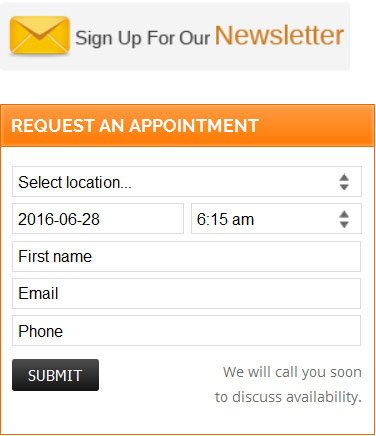What can be done for a boutonniere deformity of the finger?
Treatment for boutonniere deformity depends on whether the injury to the central slip is recognized immediately or if the deformity has been present for a long time. When the injury is the result of a laceration of the finger, a surgeon will usually repair the tendon as well as suture the skin.
Non-surgical Rehabilitation
If the injury to the central slip results from a simple avulsion (tearing) of the tendon from the bone, your physiotherapist at Momentum Spine & Sport Physiotherapy may recommend splinting of the PIP joint for approximately six weeks to allow the bone to heal and prevent the boutonniere deformity from occurring. The splint does allow the DIP joint to move throughout this period and it can be exercised to prevent stiffness.
While a simple homemade splint will work, there are many special designs that make it easier to wear your splint at all times. There are also splints that have been designed to be similar to springs. These splints can be used to gently stretch out a contracture of the PIP joint over several weeks. The spring applies gentle pressure all the time, and the PIP joint slowly straightens.
A splint may also be needed to keep the DIP joint from hyperextending. Newer styles are shaped like jewelry rings and are available in stainless steel, sterling silver, or gold.
Splinting and a rigorous exercise program may even work when the condition has been present for some time. Often our physiotherapists will try six weeks of splinting with the spring-type splint and exercise to see if the deformity lessens to a tolerable limit before considering referring you for surgical evaluation. This is desirable before surgery to stretch out a PIP contracture before repairing or reconstructing the extensor hood.
Although time required for recovery is different for each patient, if nonsurgical treatment is successful, you may see improvement in eight to 12 weeks. After wearing a finger splint for up to eight weeks, our physiotherapist may have you continue wearing the splint at night for at least another month. It is important during this time that the joints on either side of the splint be moved. Your physiotherapist can design a personalized exercise program to allow you to properly and safely exercise your finger.
Post-surgical Rehabilitation
You'll wear a splint or brace after surgery. A protective finger splint holds the PIP joint straight and is typically used for at least three weeks after surgery. We may apply a dynamic splint to help gradually straighten the PIP joint, and our physiotherapy or occupational therapy treatments usually start three to six weeks after your surgery.
Although the time needed for recovery varies among patients, it is likely that you will need to attend physiotherapy sessions for three to four months, and you should expect full recovery to take up to six months.
Our first few physiotherapy treatments will focus on controlling the pain and swelling from surgery. Then our physiotherapist will begin gentle range-of-motion exercise. Strengthening exercises usually follow eight to 10 weeks after surgery. We’ll instruct you in ways to grip and support items in order to do your tasks safely and with the least amount of stress on your finger joint. As with any surgery, you need to avoid doing too much, too quickly.
Eventually, our physiotherapist will have you begin doing exercises designed to get your hand and fingers working in ways that are similar to your work tasks and daily activities. We will help you find ways to do your tasks that don't put too much stress on your finger joint. Before your physiotherapy sessions end, our physiotherapist will teach you a number of ways to avoid future problems.
Our goal is to help you keep your pain under control, improve your strength and range of motion, and regain your fine motor abilities with your hand and finger. When your recovery is well under way, regular visits to Momentum Spine & Sport Physiotherapy will end. Although we will continue to be a resource, you will be in charge of doing your exercises as part of an ongoing home program.
Momentum Spine & Sport Physiotherapy provides services for physiotherapy in Edmonton and St Albert.
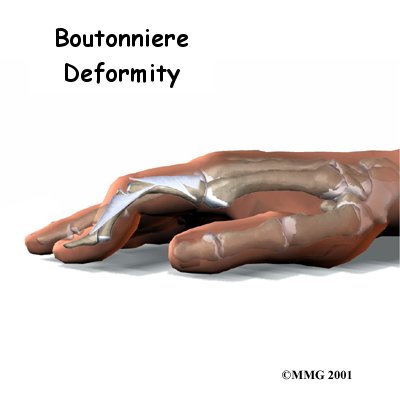


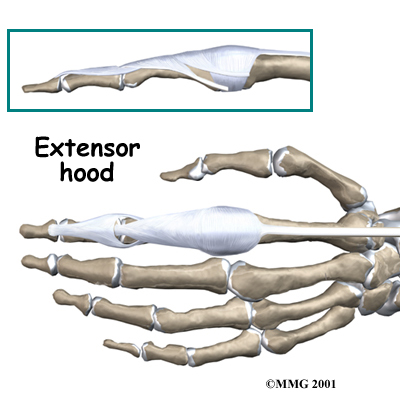
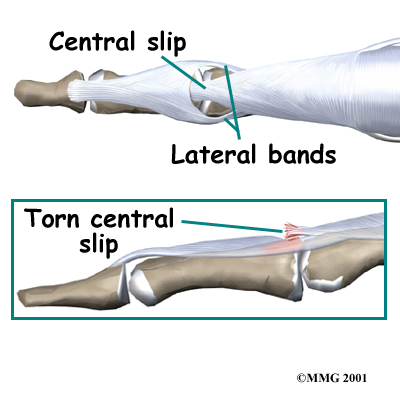
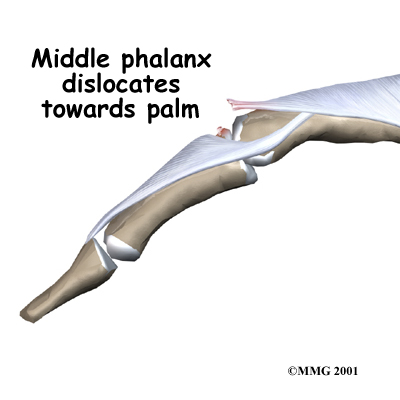
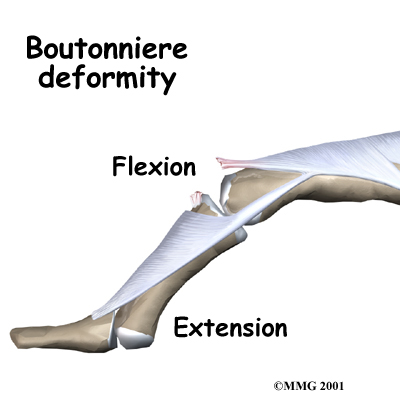
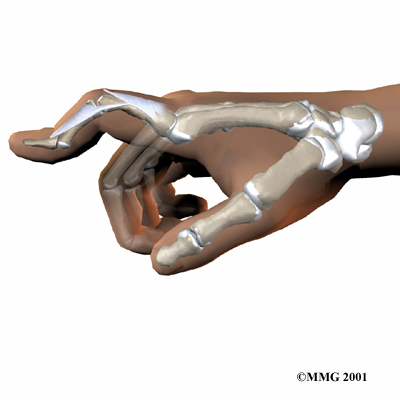
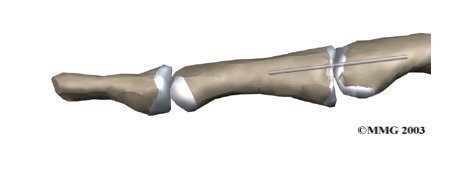 When the deformity is the result of a dislocation of the PIP joint, surgery may be required to repair the damaged structures and prevent the later development of a boutonniere deformity. A
When the deformity is the result of a dislocation of the PIP joint, surgery may be required to repair the damaged structures and prevent the later development of a boutonniere deformity. A 